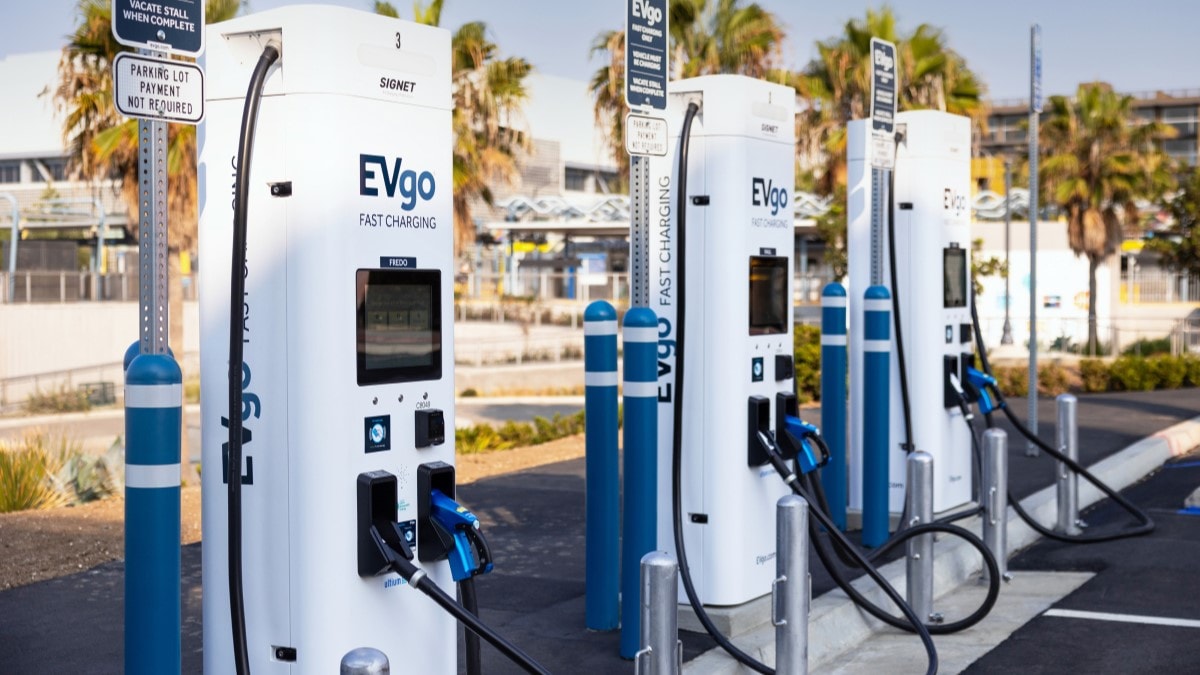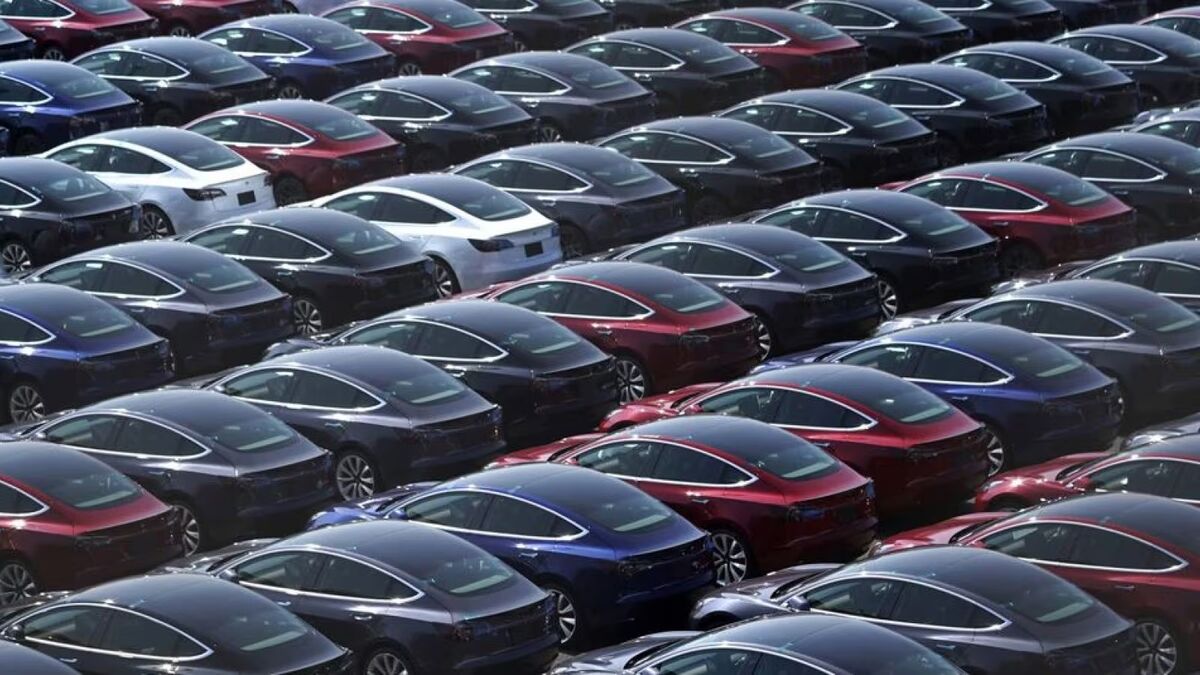This week, the Inflation Reduction Act turns two years old; and with it, the $7,500 federal electric vehicle (EV) tax incentive. United States Secretary of Energy Jennifer Granholm acknowledges the “push and pull” in the early days of transitioning America’s drivers to electricity. But she says the anniversary brings proof that “policy works, incentives work, both for holistic industrial strategy and for the individual consumer.”
Kelley Blue Book spoke with Granholm about the anniversary, a trend in automakers pulling back on big EV promises, and getting America’s electricity grid ready for millions of new EVs.
Incentives Are Working
The federal government provides up to $7,500 in tax rebates toward the purchase of a new EV. Income limits apply. And, every year until 2028, rules requiring battery components from the U.S. and its major trade partners grow stricter. Americans can claim the rebate upfront to use as a down payment on a new car.
The incentive, Granholm says, is working.
“Demand is going to be spurred by consumer desire,” she says, not government policies. “But I would note that second-quarter sales are up.” That matches KBB numbers, which show that Americans bought a record number of electric cars last quarter.
Industry Ahead of Consumers, But That’s Normal
The Inflation Reduction Act created different incentives for the automakers that build cars and the Americans who buy them.
For buyers, it created the $7,500 rebate. The law also worked for automakers.
The act gave them tax breaks, grants, and loan assistance to help them build new factories and convert existing factories to produce electric cars. This week, the White House announced $1.7 billion more in grants. These are designed to help convert “11 shuttered or at-risk auto manufacturing and assembly facilities across eight states — Michigan, Ohio, Pennsylvania, Georgia, Illinois, Indiana, Maryland, and Virginia — to manufacture electric vehicles and their supply chain.”
Manufacturer incentives can get ahead of consumer demand. That, Granholm says, is normal.
“At the beginning of an industry like we are now, there will be push and pull,” she explains.
Automakers don’t build factories based on the cars consumers will want in six months. They look many years ahead. They’re rushing to build the factories and supply chains necessary to build a nationwide fleet of EVs in the future, even if purchases come slower at first.
Related: Report — U.S. Has Crossed EV ‘Tipping Point’
Looking at countries further ahead in their EV transitions, she says, “It’s a bit of a steamroller. Once it gets moving,” demand accelerates.
The auto industry needs to be prepared.
More Help for Smaller Companies
Automakers are large, multinational companies that can afford to ramp up construction now to reap the results later. Their suppliers, she notes, are often smaller and more vulnerable.
Shortly after we spoke, the Energy Department announced another program offering “$50 million for six states with significant automotive workforces to help small- and medium-sized suppliers convert manufacturing facilities for the electric vehicle (EV) supply chain.”
Small suppliers will be vital to enabling America’s auto industry to compete with China, she said. “We want the whole supply chain to be located here in the U.S.”
Energy Grids Can Handle Growth
Some Americans have expressed worries that America’s energy grids won’t be able to handle the added demand from millions of EVs charging.
“We think there will be a 15% increase [in demand] by 2030 over the existing grid,” she says. “However, we have the tools to be able to meet that increase.”
Congress has moved slowly on permitting reform that would allow new transmission capacity. But, Granholm explains, electricity providers can do more with their existing resources. “We have all sorts of technology that is coming online that makes energy delivery much more efficient,” she said.
She says this includes “reconductoring wires” — replacing existing power lines with advanced conductors so already approved infrastructure can carry more energy — and battery backup facilities.
Energy Department officials are also preparing for a surge in demand from the computing power necessary to run new artificial intelligence programs — what Granholm calls “hyper scalers.”
“We had record solar power installation last year,” she noted, “and projected record solar installation this year. It’s going to snowball.”
Steamrollers. Snowballs. Granholm uses many analogies to explain that electric cars and electricity production will grow exponentially.
“The more people talk to their neighbors, the more they are interested in EVs,” she says.
“There will be fits and starts, but this is a train that is rolling, and it is not going to stop.”








